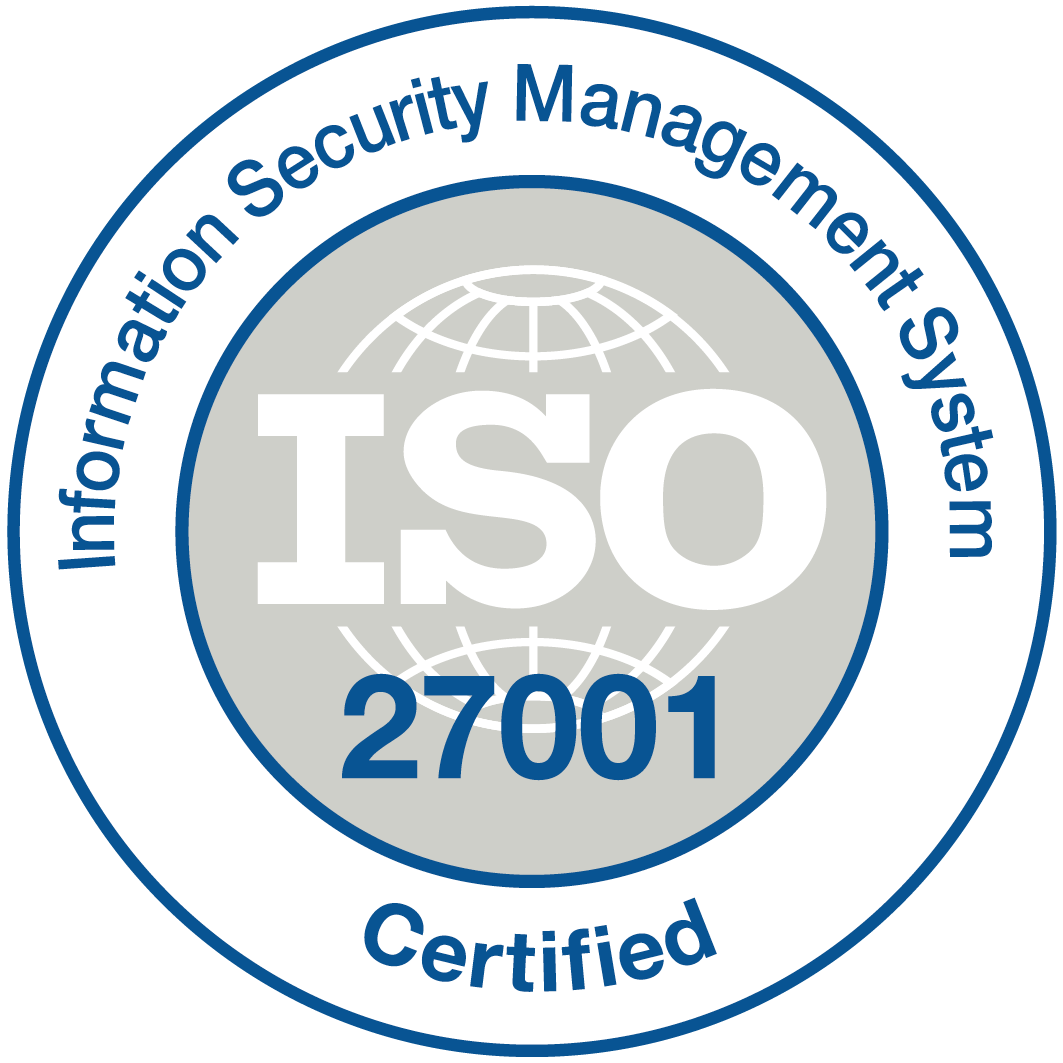
Quixy’s Solution View : Unlocking Artifact Interconnections
Reading Time: 3 minutesAre you encountering difficulties in effectively visualizing and managing interconnected artifacts across your platform? Are you seeking clarity on dependencies between various artifacts to streamline processes? With the advent of Quixy’s Solution View feature, organization admins or workspace admins no longer need to rely solely on memory or guesswork to track, monitor, and understand the

Innovating with Ease: How Visual Programming Transforms Software Development?
Reading Time: 10 minutesImagine a world where coding isn’t a cryptic text and syntax domain but a canvas of icons, buttons, and symbols, where creativity meets functionality. VPLs are at the forefront of this coding revolution, offering an intuitive way to visualize and articulate complex concepts in a language anyone can understand. This blog will explore Visual Programming,

AI Workflow Automation: A New Era of Streamlined Processes
Reading Time: 7 minutesArtificial intelligence (AI) workflows improve and expedite business processes, many of which are repetitive and manual. To increase productivity and efficiency, many businesses are replacing manual, human-dependent procedures with AI workflows. Automated workflows also give employees more time to work on more complicated and strategic tasks. Types of AI Workflow Automation Automated cognition To improve

7 Use-Cases of No-Code in Extending Digital Banking Services
Reading Time: 11 minutesNothing changes as fast as it does in today’s digital age, and banking is no exception. These are the latest members of many other disruptive software that can help financial institutions adjust to new markets and enhance user experience. This article will explore the ins and outs of no-code technology, demonstrating its application in banking

A Guide to Gantt Chart Reports in Quixy for Effective Project Management
Reading Time: 4 minutesAre you facing challenges in visualizing and managing your project timelines effectively? Bid farewell to project planning and tracking complexities with Gantt Chart Reports in Quixy. Whether you’re a project manager or a team member, you can now seamlessly create and analyze Gantt charts to enhance project efficiency. In this blog, we’ll explore how Quixy’s

Beyond Bullets and Charts: Crafting Compelling Document Reports with Quixy
Reading Time: 7 minutesHow can businesses effectively streamline the process of creating document reports? Manual processes can often lead to errors, impacting decision-making and overall efficiency. Picture the risk of introducing typos, miscalculations, and inconsistent formatting when manually translating crucial data into a document report and creating a template for each instance. Quixy‘s Document reports are the solution.

A Guide to No-Code Low-Code and Agile Optimization
Reading Time: 6 minutesFeeling shackled by slow development and skyrocketing IT costs? Building cutting-edge digital experiences often seems like a distant dream, requiring an army of coders and a Scrooge McDuck-sized budget. But what if you could unlock lightning-fast development, empower your team to innovate, and achieve remarkable results – all without extensive coding? That’s the transformative power

The Future of Software is No-Code and Low-Code Programming
Reading Time: 6 minutesIt’s getting easier, you guys! In a few years from now, we are going to look back to the “good old days” with nostalgia and remember how we had to depend on a professional coder for the simplest of app developments. Thank you, no-code programming! According to Research and Markets, the low-code no-code market is

Digital Experience: Accomplish Value with No-Code
Reading Time: 8 minutesDigital experiences are the key accelerators of business processes today. To stay on top of the industry, organizations must embrace what we call “digital transformation.” Digital services and operations are elevating the competitive bar everywhere. Incumbents must grab the opportunity and embrace a transformation that dramatically improves the digital experience for customers. But before that,

Navigating Automation Challenges in BFSI Industry
Reading Time: 6 minutesImagine a world where loan approvals happen instantly, personalized financial advice streams to your phone, and complex fraud detection operates silently in the background. This isn’t science fiction—it’s the promise of automation in the Banking, Financial Services, and Insurance (BFSI) industry. But while the potential benefits are vast, navigating the automation challenges in BFSI remains













